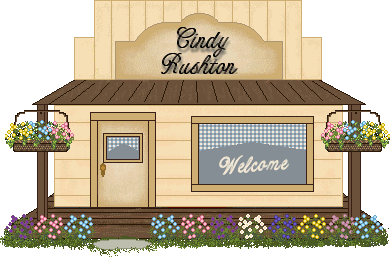 The Bible is one of the most popular selling books in all of history. It has been translated into more languages than any other book. Even today it is being translated into many different languages for people all over the world to read. The most incredible thing is that the Bible is not being translated into many different translations and versions just for children. Using different translations and versions can assist in teaching kids about the Bible and introducing them to God so they can pursue their own personal relationship with Him.
The Bible is one of the most popular selling books in all of history. It has been translated into more languages than any other book. Even today it is being translated into many different languages for people all over the world to read. The most incredible thing is that the Bible is not being translated into many different translations and versions just for children. Using different translations and versions can assist in teaching kids about the Bible and introducing them to God so they can pursue their own personal relationship with Him.
Please don’t think I am “downing” my Bible growing up. I loved it. It was very, very precious to me. I just remember how tough it was for me to read and study it. I was very bright, but the translation that was used most often during my childhood was the King James Version. As a kid, reading the King James Version was quite hard and frustrating. All of the formal language (thee and thou…shouldst and didst) got in the way and distracted me from the message. I didn’t understand a word of it. It always put me to sleep. 🙁
Over the years since the 1600s, other biblical translations that are easier to understand have been produced. These translations use modern language to bring God’s Word to life. For kids, this is the best way to get them to read the Bible and really understand it. We want to connect them to God in any way that we can.
Of course, it is not just the translation, it can also be the presentation of the Bible. We want the most child-friendly Bible that we can find. We want to find the one that draws them into the Bible and makes them want to dig in each and every day.
Younger kids often tune out if you ask them to read something without pictures. What else can you do? Why not read to them from a bedtime Bible story book? We spent many, many precious hours reading through ours each night and talking about everything from the story to the pictures. The very best story-book we could invest in is a Bible story-book. Look for one that is beautifully illustrated. It is a priceless investment. There are going to be many things that you will wish you had not spent your money on when your kids are grown. The one thing that you will not regret is your children’s Bible story book. Be picky. Invest in the best.
Also, watch out for the language in your choice. The formal language of the King James Version can still too much for kids so why not choose another translation? One translation that is good for kids is The Message. The words read like a story book. Realize that the Bible is not a fairy tale but a collection of historical encounters with God. With that in mind, you’ll love to share these stories from a well-written translation with your kids. Read expressively. Change your tone of voice to show a change in emotion of the characters and make the story more interesting. As they drift off to sleep, God will be on their mind.
As kids age and can read by themselves, choose a children’s Bible with a friendly translation and a few pictures if you can. The pictures help the child to visualize what is being said in the Scriptures. I still remember pictures from my childhood Bible. I spent hours studying them. I still remember them vividly, they stick with you throughout your life.
Use their children’s Bible to teach higher reading skills. Once they understand more, the questions will come. Some children’s Bibles feature the popular Bible stories and very little else. That is okay for younger kids. As a Christian parent, you can fill in the gaps. Once they are old enough to read for themselves, you can change to a more structured children’s Bible. We prefer large-print editions for our little ones. My children always loved the larger print, especially when reading longer passages or for longer periods of time.
For teens, choose a Bible translation like the NIV (New International Version), NLT (New Living Translation), ESV (English Standard Version). Of course, your teens may be like mine and love The Message. Choose the translation that “speaks” to them. Choose that one that gets them reading and studying. Look for one that cuts out most of the formal language and uses words that they can understand. They will be able to read a passage and study it without having to struggle with the language first. Deciphering the language can be very frustrating to kids and may even turn them away from wanting to learn more.
Kids are more likely to read the Bible when they can understand it. Once you find the version that keeps your child interested and wanting to know more, you’ll see that children can really enjoy the Bible and begin to implement God’s teaching into their daily lives. Once this happens, a dialogue can begin between you and your children about what God is trying to tell them.
The ultimate goals is that your children really come to KNOW God and love Him as their own God. God wants to have a personal relationship with them. It all begins as we help open the door for Him to speak to our children in their very own language.
Why not help them find their own Bible today and dig in?






